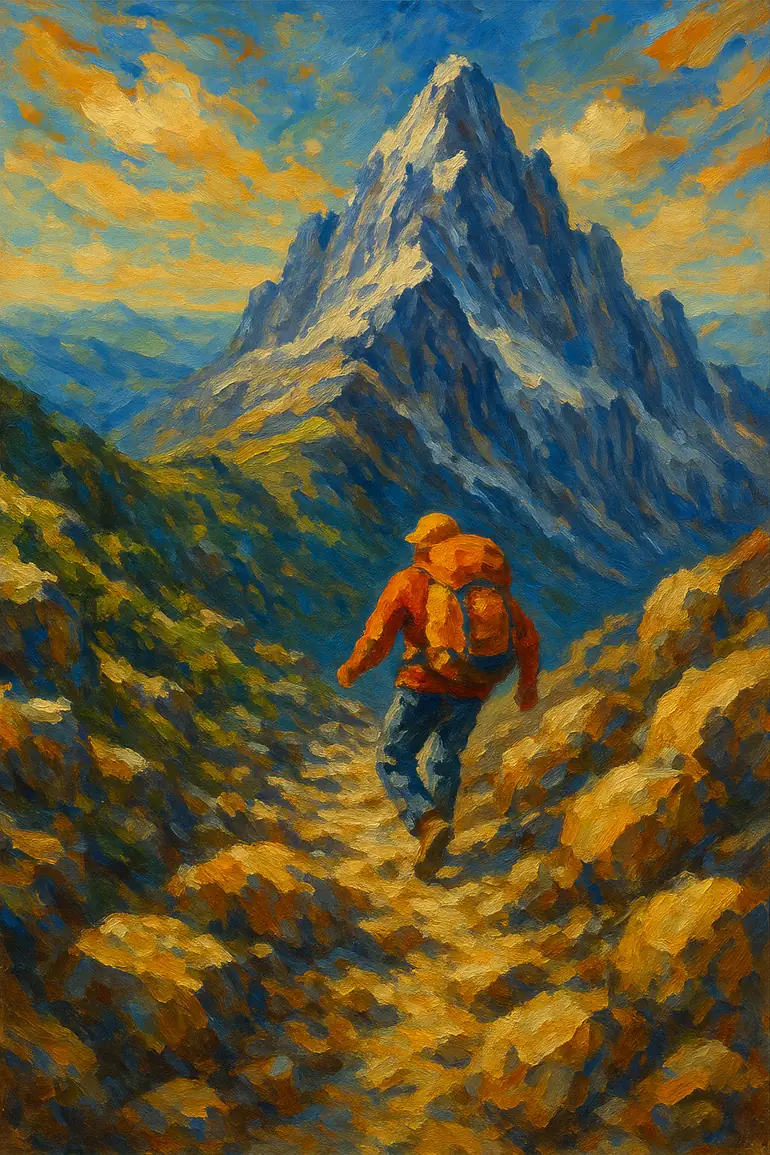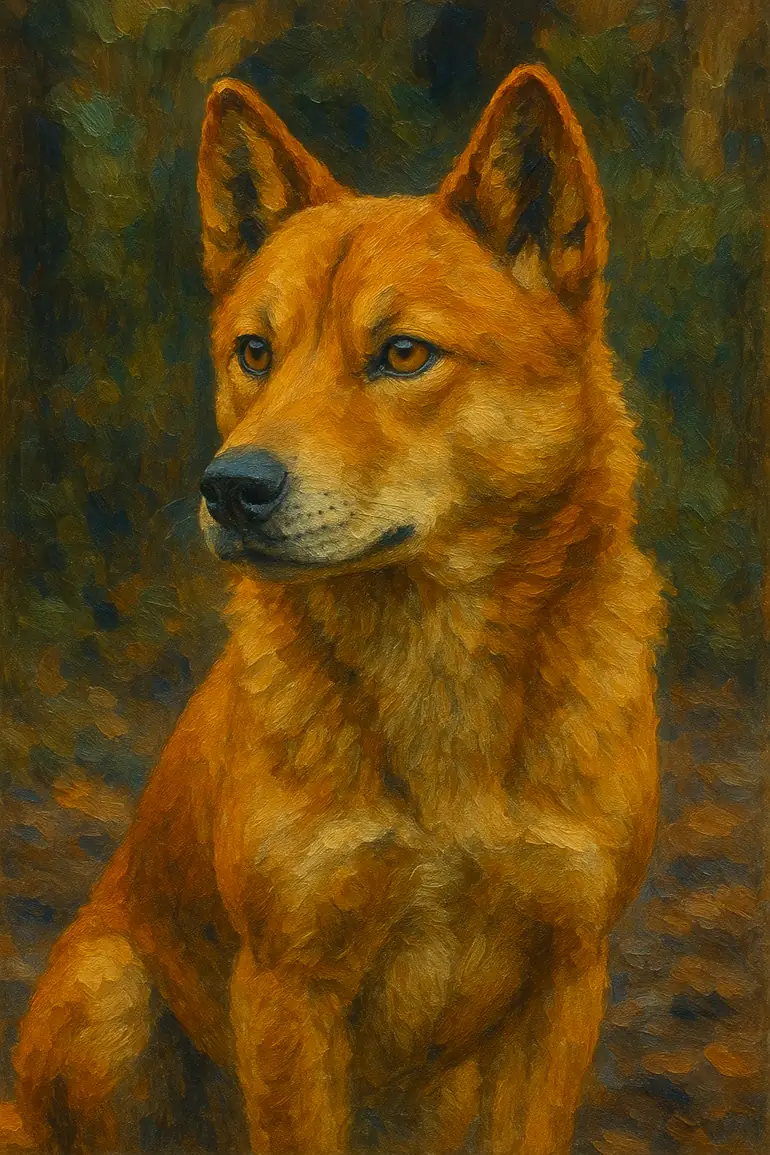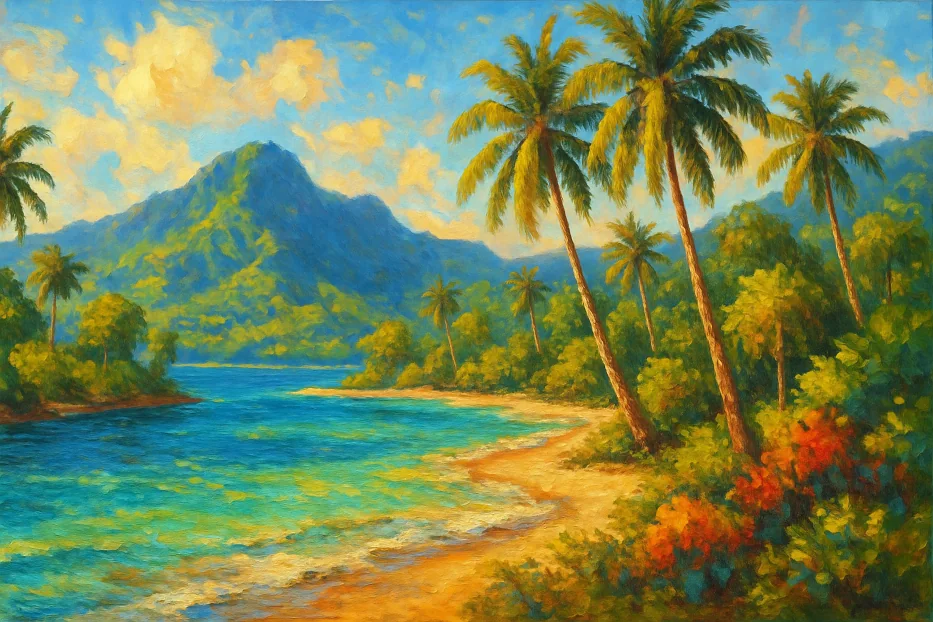Tucked away in the Pacific Ocean, just north of Australia, lies New Guinea—the world’s second-largest island and a place brimming with life, mystery, and adventure.
Spanning an incredible 785,000 square kilometers (303,000 square miles), this vast land is home to towering mountains, winding rivers, and some of the richest rainforests on the planet.

Table of Contents
A Land of Mountains and Rivers
New Guinea is so big—larger than Borneo and second only to Greenland—that it stretches across two countries. The eastern half is Papua New Guinea, an independent nation known for its vibrant cultures. The western half belongs to Indonesia and is split into the provinces of Papua and West Papua. This split makes New Guinea a melting pot of traditions, languages, and lifestyles.
One of the island’s most striking features is Puncak Jaya, also called Carstensz Pyramid. At over 4,800 meters (16,000 feet) tall, it’s the highest peak between the Himalayas and the Andes. Even more surprising, it has glaciers despite being near the equator—though they’re melting fast due to climate change. The surrounding Lorentz National Park protects an incredible range of wildlife, from alpine plants to tropical creatures.

Then there’s the Sepik River, often compared to the Amazon. This mighty river snakes through northern Papua New Guinea for more than 1,100 kilometers (700 miles). Villages along its banks depend on the Sepik for food, transport, and culture. Many communities here are famous for their beautiful wood carvings and traditional ceremonies.
Hidden Valleys and Ancient Ways
Beyond the rivers, New Guinea’s highlands hold deep valleys where some communities have lived for thousands of years with little contact with the outside world. The Baliem Valley in Indonesia’s Papua province is home to the Dani people, who still grow sweet potatoes and taro in volcanic soils just as their ancestors did.
Every year, the highlands come alive with festivals where tribes like the Huli Wigmen show off their bright headdresses, face paint, and traditional dances. These celebrations are a colorful reminder of New Guinea’s cultural richness.

Rainforests Full of Wonders
About 65% of New Guinea is still covered in dense rainforest. These jungles are among the most biodiverse places on Earth, sheltering nearly 10% of the world’s species. If you’ve heard of birds of paradise, with their dazzling feathers and elaborate dances, this is where they live. Over half of all bird of paradise species are found only here.
High up in the trees, you might spot a tree kangaroo, a rare marsupial that climbs like a monkey but looks like a kangaroo. And if you’re lucky (and quiet), you could even hear the howl of the elusive New Guinea singing dog, a wild canine known for its haunting calls.

Nature’s Power on Display
Life on New Guinea is shaped by powerful natural forces. The island has a tropical climate, with heavy monsoon rains from November to April. These downpours feed rivers and rainforests but can also flood villages. During the rainy season, lightning storms frequently light up the sky, enriching the soil with nutrients that help plants flourish.
New Guinea: A Land Divided and Diverse
One of the most fascinating things about New Guinea is how its two halves have developed so differently. Indonesian Papua has seen roads, mines, and modernization alongside old traditions. Papua New Guinea, independent from Australia since 1975, has its own government and more than 800 languages spoken across its villages and towns.
Whether you come for the adventure of climbing Puncak Jaya, to drift down the Sepik River, or to witness ancient dances in remote highlands, New Guinea offers a window into a world that feels almost untouched by time.

